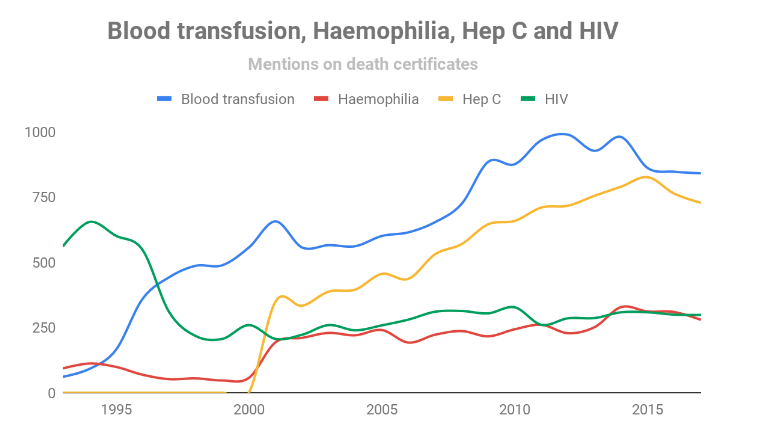To help those interested in the Inquiry understand the work going on between now and April when the hearings begin, this is the second of an occasional series of articles that look at the work of some of our staff.
The Inquiry has a large team of experienced lawyers who are working to ensure the Inquiry is meeting its terms of reference and abiding by its statutory obligations.
Our lawyers have a range of backgrounds with some coming from the public sector and others from private practice with experience in clinical negligence or other areas of relevant law.
One of the key tasks the legal team has undertaken is sending notifications, known as Rule 9 letters, to individuals or organisations asking them to provide relevant material they hold to the Inquiry for analysis. These are routine and standard letters sent by all public inquiries because under the Inquiry Rules 2006 any evidence to be taken must be preceded by a Rule 9 request. We have so far sent nearly 200 Rule 9 notices to approximately 60 organisations.
Failure to comply with a Rule 9 request can then result in a further communication from the Inquiry, known as a Section 21 notice. This compels the recipient to hand over the requested materials, and sets out the consequences of non-compliance.
As an example, a recent Rule 9 letter to the Office for National Statistics (ONS) asked for information on causes of death listed on death certificates over the period of time of interest to the Inquiry. We have now received a reply from the ONS and they’ve made the information publicly available here. This sort of data will be carefully analysed by our statistical expert group as part of their work for the Inquiry. Some of the data is in chart form below to illustrate the type of information received.
A further example is a Rule 9 letter to National Health Service Blood and Transplant (NHSBT) for over 2500 boxes of material, some of which are shown in the photograph below, and which will take several months to review.

